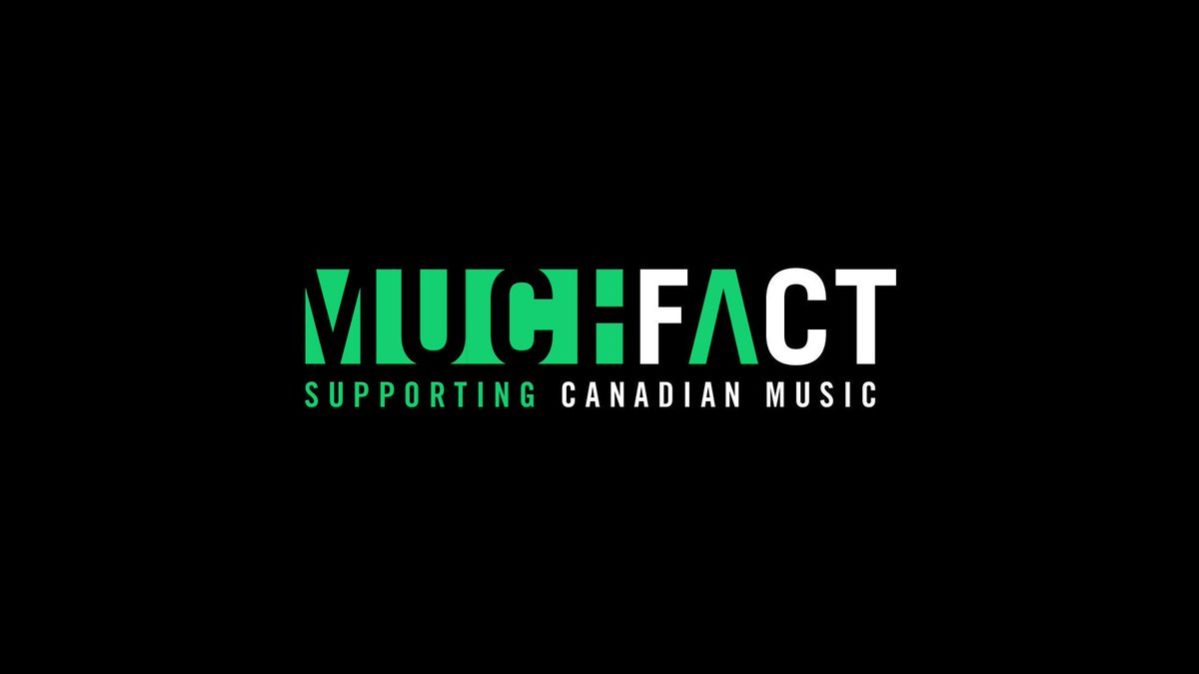Axing of MuchFACT will have far-reaching implications

After 32 years and over one hundred million dollars spent to fund the production of music videos by Canadian artists, Bell Media announced this week that it is shuttering the doors on its MuchFACT program. The program, which has existed since 1984, was funded by Bell Media as a condition of its Canadian Radio-television and Telecommunications (CRTC) license. For years, this arrangement made sense. Bell (previously CHUM) owned channels such as MuchMusic and could air music videos, with few upfront costs for content that covered hours of airtime. In return, the regulatory agency, CRTC, required them to contribute to a grant fund to produce a portion of that fantastic music video content. As MuchMusic has slowly evolved to become simply “Much,” they’ve also shown far less music video content, so the CRTC, understandably, has decided that Bell is no longer obligated to pay to produce video content.
When Bell Media decided to officially cut MuchFACT, they sent out their president, Randy Lennox, who asserted, “we don’t owe anyone an explanation for this.” True, without the CRTC requirement, it is Bell’s prerogative to give its money how it sees fit, but MuchFACT was such an influential and particularly important resource to the Canadian Music community, that Lennox might have tried a little harder to articulate why the funding was being pulled. Lennox doesn’t seem to understand the value of the program, which has enabled emerging Canadian artists to re-imagine how they tell stories through video and multimedia.
My band, Future States, was lucky enough to receive a grant this spring from one of the final rounds of MuchFACT. As a young band, we’re not strangers to producing video content to pair with our music. Aside from the artistic impetus to create videos that extend our music in new and interesting ways, engaging videos are also a necessary way for us, in a saturated market, to place our music in front of a larger audience and attract new listeners who might otherwise have missed our latest release.
With few resources, video production for us has meant DIY–simple concepts, shot simply, as we learned what is involved in producing interesting video content. Likewise, it has meant relying on the kindness of our video artist friends to produce videos for little or no compensation.
MuchFACT allowed us, as musicians and artists, to move past resource constraints to explore bigger ideas and projects. The video that we produced with our MuchFACT grant is interactive, and will allow viewers to modify the visual/sonic elements of the video in real-time. Another interactive video recently produced with MuchFACT support is PUP’s choose-your-own-adventure video for Old Wounds. These types of large-scale projects are just not possible on DIY budgets. They require expertise from directors, videographers, coders, set designers, etc., and as a result, invite collaboration among artists who work in different mediums.
In our case, we were able to collaborate with multimedia artist, Aaron Krajeski. We expanded our ideas into a new realm, while Aaron built on his own artistic practice and skills. In this way, MuchFACT wasn’t only important for the material output it produced, but for the relationships and technical skills it fostered. This point has been mentioned elsewhere, but it bears repeating–MuchFACT fostered new talent in the video realm, with emerging creators given the opportunity to work on their first medium-sized productions, and cut their teeth before moving on to bigger projects.
Perhaps most importantly, MuchFACT support allowed us to pay fair wages to everyone who worked on our video. Too often, artists are either doing work for free or for favours. It’s a quid pro quo economy that is sustained because we all just want to make great work and help each other out. But it doesn’t allow for artists to work or live sustainably, and shouldn’t be thought of as a positive status quo. Grants like MuchFACT, while not perfect by any means (they tend to favour larger, more established acts, for example), offer support for artists to create new and original work, while also making fair wages.
In lieu of funding for MuchFACT, Bell Media has pointed to its support for a new CTV television show The Launch, as a way to develop artists in “more modern ways.” It should be obvious to just about anyone that the show, which “follows up-and-coming Canadian performers and famous mentors as they create a hit song” is a lousy substitute for a sizable pool of grant money spread across a large pool of artists creating completely original work.
The decision to defund MuchFACT in favour of reality TV content demonstrates a unique lack of imagination on the part of Bell, as to what music videos can be in the digital era. Rather than chopping the program, Bell could have reworked it to put themselves on the forefront of encouraging videos and multimedia content that pushes artistic and technological boundaries.
Brodie Conley is a member of Ottawa/Montreal band Future States and an occasional contributor Ottawa Showbox.
